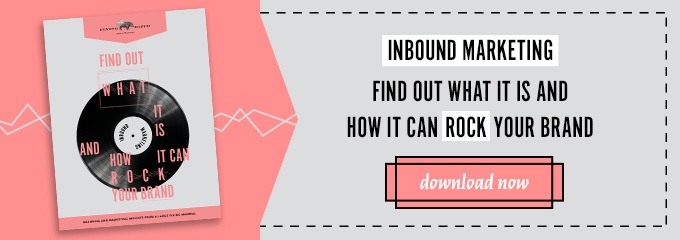 Marketing
Marketing
How Awesome Content and Inbound Marketing Killed SEO
By the time you finish reading this sentence, Google will have conducted more than 85,000 searches. And by the time you finish reading this one, there will be an additional 70,000 more.
From old ladies looking up cross-stitching patterns to young men trying to learn how to tie a bowtie on their wedding day, everyone uses Google for roughly the same reason: to learn something new. And, with more than 1.2 trillion searches this year alone – a figure that’s steadily rising – this culture of curiosity isn’t going anywhere.
Inbound marketing is the craft and science of getting the right products in the hands of the right people, and doing it all at the right time. And a big part of being in the right place is search engine ranking.
According to Google
70 percent of Americans look at online product reviews before making a purchase
83 percent of mothers do online research after seeing TV ads for products that interest them
79 percent of Americans use a smartphone to help with shopping
Since online research and searches are such a ubiquitous part of online shopping, it only makes sense that a top search engine ranking is highly sought-after. That’s where SEO comes in.
Old SEO vs. New SEO
The history of SEO, for all intents and purposes, starts in 1998, when Google launched its first PageRank algorithm. (Before then, each search engine was powered by people choosing which content ranked better. How times have changed.) PageRank gave priority to sites that had numerous links referring to it – and Google’s algorithm today still values the relationship between top ranking and links.
“All links are good and healthy,” said Google, with its voice booming down Mt. Olympus. “Every site that links to yours must be honest and truthful and all that.”
Of course, that’s not the case. As users learned what made Google tick, they learned how to game the system using all sorts of dubious tactics (more on those in a second). And, in a constant game of chess, Google’s algorithm improved to smite the cheaters.
Google’s algorithm has evolved pretty dramatically since then. With every recent update, Google has given higher rank to content that offers the most value to users, not to content that cheats the system.
On-Page vs. Off-Page
There are two ways people can influence how well their content: on-page and off-page optimization.
On-page optimization is a good thing to do, even now. By streamlining your site and adding in accoutrements that make it easier for spiders to crawl your site (<h1> tags, meta tags, etc.), you’ll improve your ranking. But that’s only half the battle.
For years, off-page optimization was known as “link building.” Having others link back to your site builds undoubtedly builds your credibility, but only if those links are authentic. Building up a trove of false links can only ding your Google reputation, and your business can’t afford that.
Black Hat vs. White Hat
People who cheat at SEO use “black-hat” tactics. These are methods that Google frowns on and using them can hurt your credibility. These tactics include:
- Adding unrelated keywords
- Keyword stuffing
- Hidden links and keywords
- Link farms
- Spamdexing
The best “white-hat” tactic you can do is not to cheat and to create good content that actually answers your users’ questions. It’s that simple.
Utility vs. Falsehoods
With all this in mind, you really can’t go out and buy SEO anymore. You can’t hire someone to put you on the top of Google’s search pages.
What you can do is hire someone to make a solid content strategy that naturally builds your search engine rank. By being the go-to resource for your potential customers, you’ll come out on top. Provide utility – not falsehoods – to search engine users, and you’ll beat the cheaters every time.
Photos courtesy startupstockphotos.com


